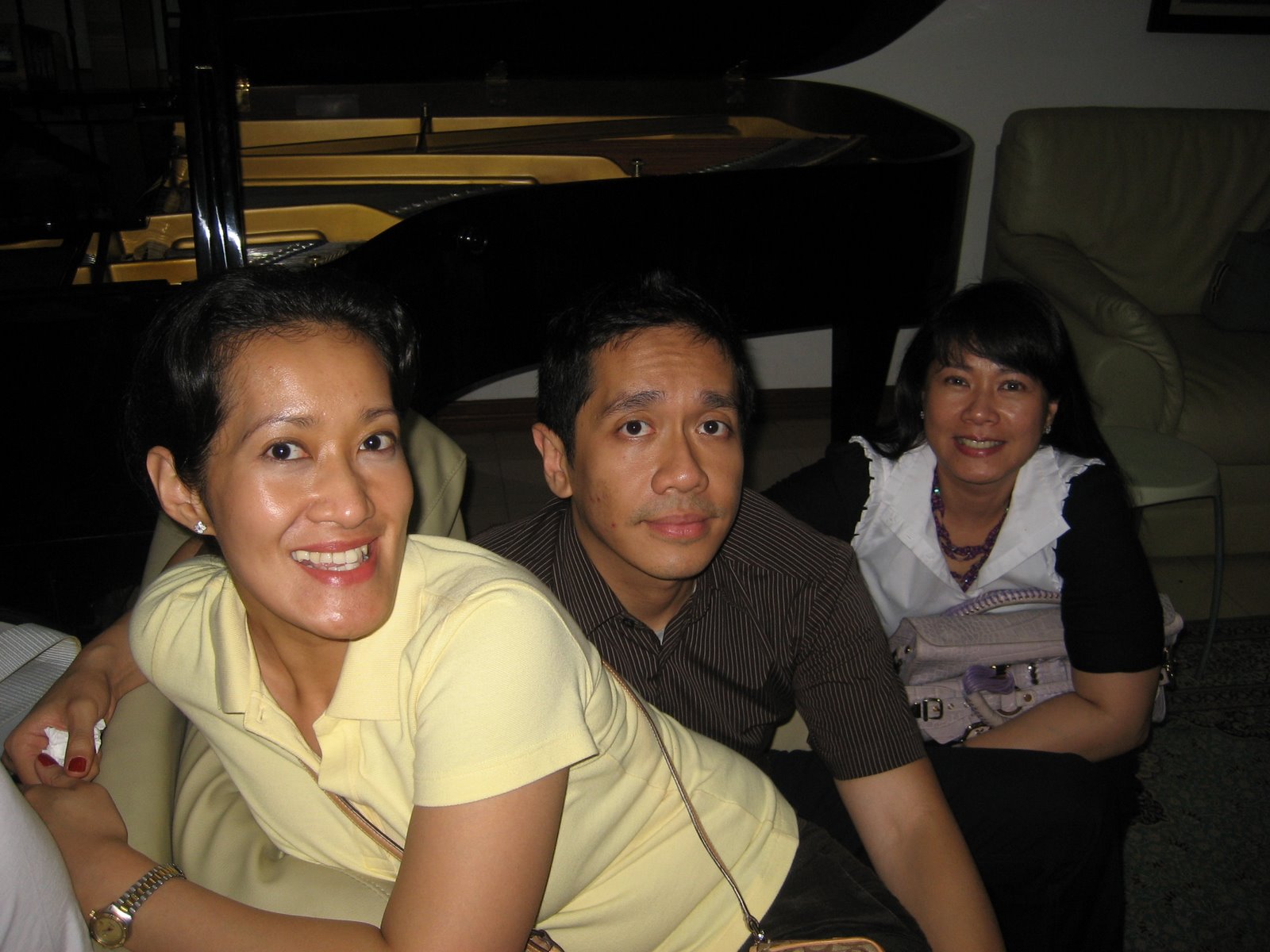| Hi All, here's a new articles about Colon Cancer. A little bit scary but worth the read. By the end of the day, early detection is the sure way to beat cancer... How to Halve the Death Rate From Colon Cancer By DENISE GRADY Published: May 1, 2007 EVEN though screening tests can prevent colorectal cancer or find it early enough to cure, the disease is still the second-leading cause of cancer death in the United States, with nearly 165,000 new cases and more than 52,000 deaths expected this year. Rates of colorectal cancer have been declining in recent years, by about 2 percent annually, thanks mostly to increased screening. Yet fewer than half the people who should be screened bother to do so. If they did, the death rate could probably be halved, cancer experts say. The reason this cancer is so easily prevented or cured is that most of the time it begins as a polyp in the lining of the intestine, progressing slowly and possibly turning malignant. Tests that examine the colon can find polyps, and doctors can snip them out before they become cancers. Or the tests can reveal early tumors that can also be removed. But tests for colorectal cancer are not popular. Most adults should start being screened at age 50 (sooner for people at high risk because of family history, certain bowel disorders or gene mutations), but many put it off. Some are squeamish about the tests, which require patients to collect stool samples or have an instrument inserted into the rectum. Screening advocates point out that the unpleasantness is a small price to pay to avoid a painful and deadly disease, and most people who have had the tests say they are no big deal. The worst part of a colonoscopy, many people find, is not the test itself, which is usually done under sedation, but the “prep,” which requires a day at home to take supercharged laxatives to empty the intestines. “Data tells us this is a problem of people not feeling a strong impetus to be screened from their primary care physician,” said Dr. Robert Smith, the director of screening for the American Cancer Society. “Doctors think patients won’t want to do it, so they don’t bring it up. And they may be ambivalent about which test to endorse. Some patients get a referral, leave the office and the process of scheduling is so esoteric it just doesn’t happen. Everybody’s intending to do the right thing, but it doesn’t get around to taking place.” For people with an average risk of developing colorectal cancer, the American Cancer Society recommends that screening start at 50, with one of five tests: ¶An annual fecal occult blood test, or a new version called a fecal immunochemical test, to look for blood in the stool. ¶Every five years, flexible sigmoidoscopy, in which a scope examines the lower part of the colon. ¶An annual stool test with sigmoidoscopy every five years. ¶A test involving a barium enema and X-rays every five years. ¶Every 10 years, colonoscopy, in which a scope is inserted into the rectum to examine the entire large intestine. If one of the first four tests finds anything abnormal, colonoscopy is needed to check further. The first test developed for blood in the stool required that patients avoid eating red meat or raw vegetables for several days beforehand, to avoid false positives, but that is not required for the newer immunochemical test. This test is also easier to perform and may replace the old one, but it costs more and not all insurers cover it yet, Dr. Smith said. Patients must do the stool tests themselves at home on several samples, the cancer society emphasizes. Polyps are less likely to bleed than actual cancers, so the tests for blood are more likely to find cancers than they are to detect polyps. The drawback of sigmoidoscopy is that it examines only the lower part of the colon, so it misses polyps or cancers higher up. Barium-enema tests do not find as many small polyps as colonoscopy does, Dr. Smith said. But colonoscopy can also miss polyps, especially if doctors rush it, studies have found. Yet it is still the best test, Dr. Smith said, because when done carefully it finds small polyps, which can be removed right then. For most people, the test does not have to be done more than once every 10 years. “But is it available or can you pay?” Dr. Smith said. “Can you get the examination in a timely fashion? You may have an eight- or nine-month wait to get one.” Some doctors do tests for blood in the stool when patients are in the 10-year interval between colonoscopies, but Dr. Smith said that is “excessive and not justified.” “Virtual colonoscopy” sounds less onerous to some people. It involves using a CT scan instead of a scope, and doesn’t require sedation. It does require the same prep as colonoscopy, with a tube inserted into the rectum to inflate the colon with gas to create clearer images. Polyps cannot be removed during this procedure, so if any show up, the patient has to go back for a colonoscopy. The virtual test is being heavily marketed by some clinics, but the American Cancer Society and other groups are not recommending it yet, saying it needs more study. But Dr. Smith said, “I think the data from expert centers is really quite promising.” |
Wednesday, May 2, 2007
New Articles From New York Post
Subscribe to:
Post Comments (Atom)


No comments:
Post a Comment